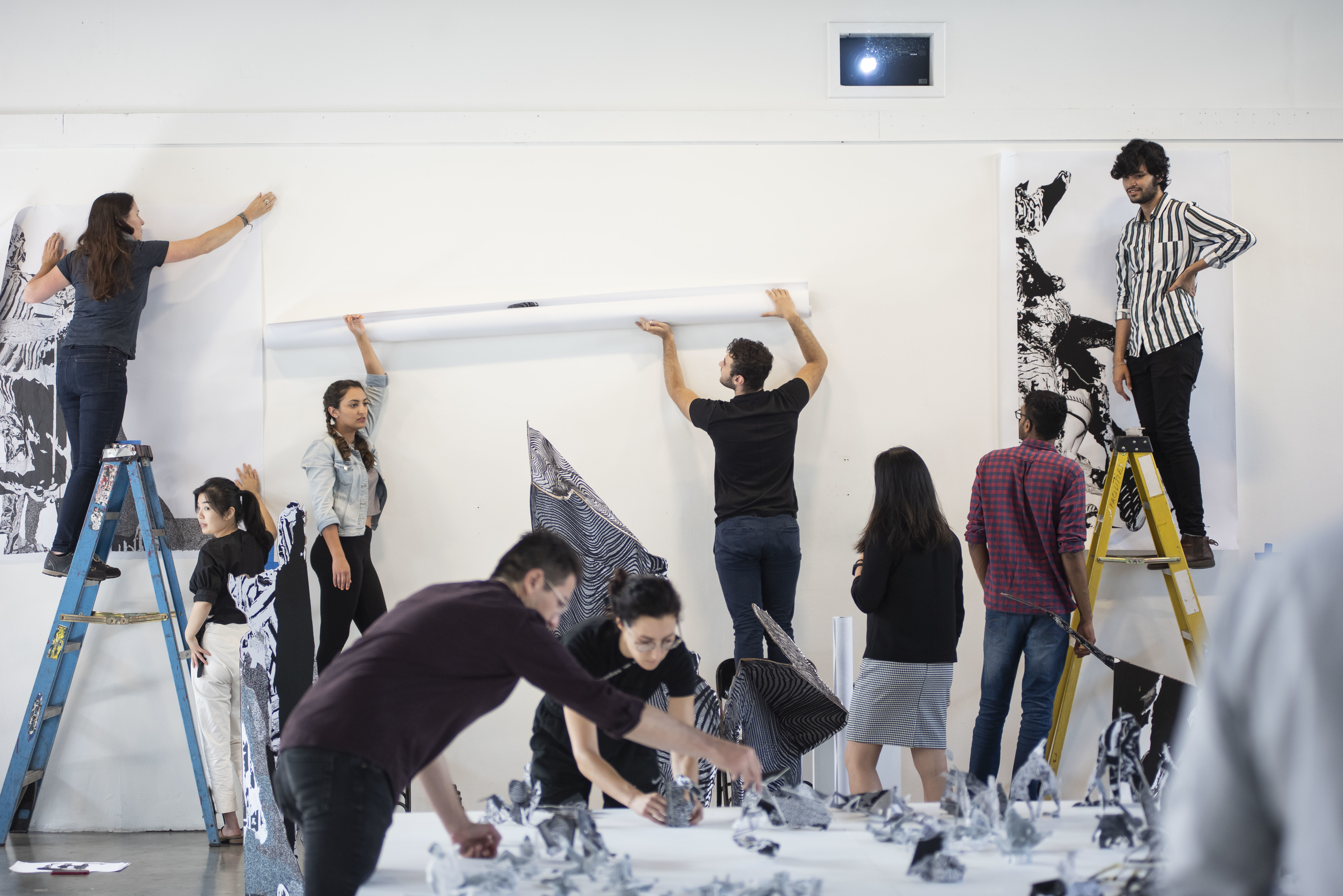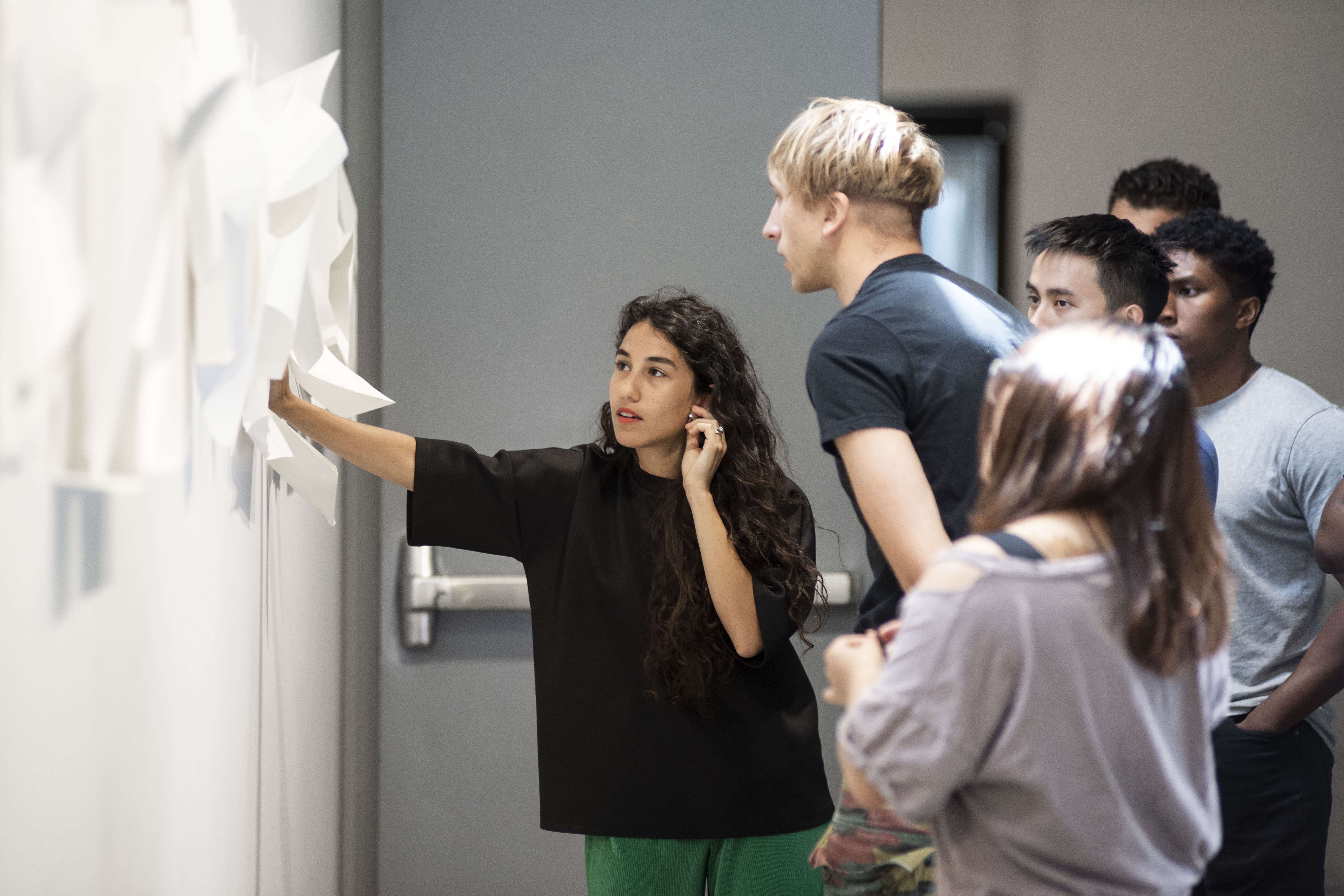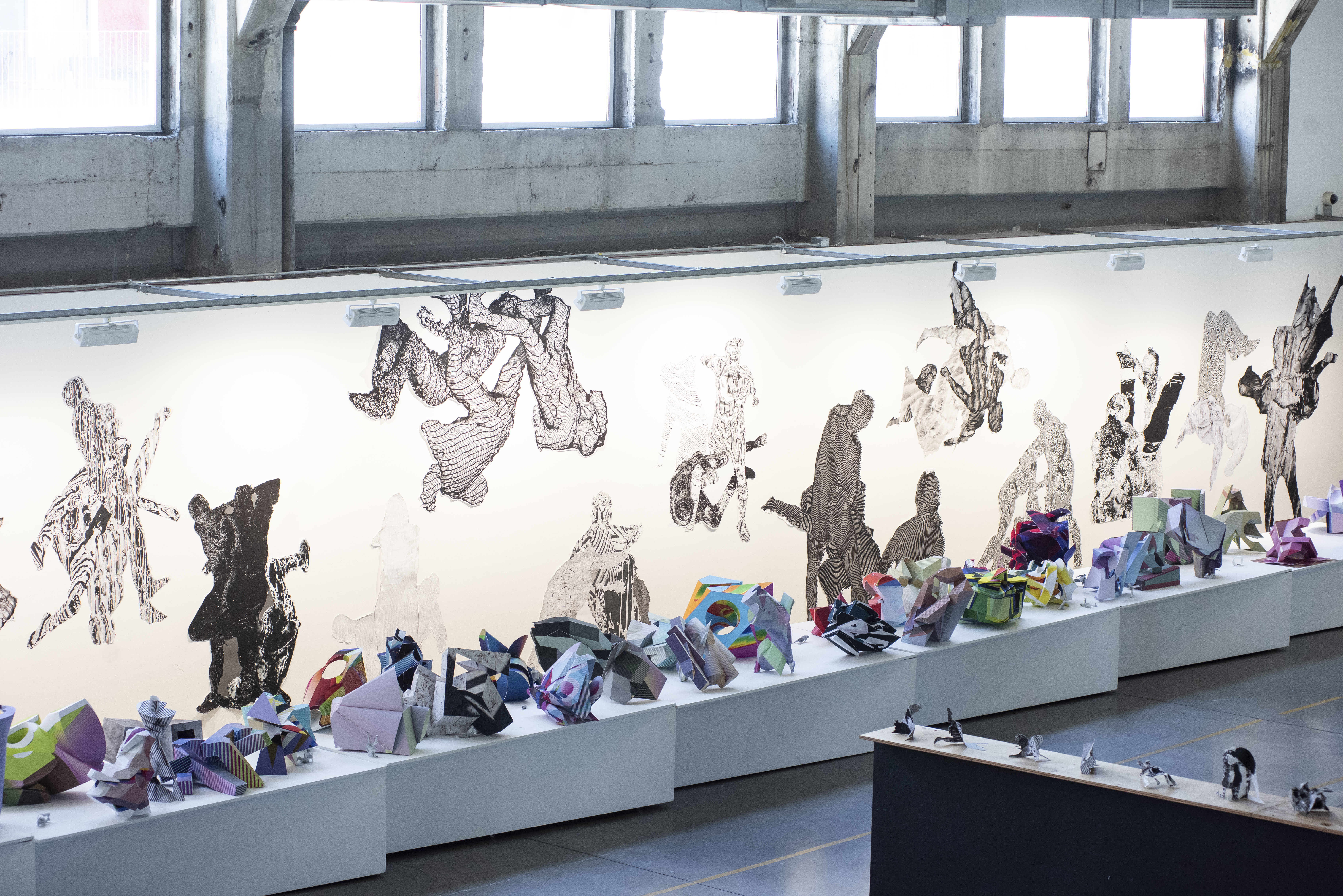SCI-Arc’s Making+Meaning Summer Program Provides an Immersive Introduction to Architecture and Design
Each summer SCI-Arc hosts its Making+Meaning summer program, during which students and creative professionals from a wide variety of disciplines and backgrounds are given the opportunity to explore the field of design through an immersive four-week curriculum emphasizing fundamentals in architecture and experimentation. The introductory-level program exposes participants to a full range of tools and techniques that enable students to integrate digital representation, architectural design, and fabrication methods. The most recent iteration of Making+Meaning concluded this August, culminating with a public exhibition where students presented their design work and received feedback from a panel of noted architects and design professionals.

SCI-Arc’s Making+Meaning exists as an avenue for adults, as well as those recently enrolled in the M.Arch 1 program at SCI-Arc,
who want to learn more about architecture and design to jumpstart a profession in the field or inform a possible shift in career. During the four weeks of intensive workshops, guest lectures, and more, Making+Meaning students were given access to personal studio spaces, as well as to the school’s state-of-the-art Digital Fabrication Lab. The Lab—a 12,000 square foot space comprised of the Fabrication Shop, Magic Box, and Robot House—is one of the largest and most advanced fabrication facilities at an architecture school in the US, which houses laser cutters, 3D scanners, 3D printers, CNC mills, and multiple 6-axis robotic arms, supported by a knowledgeable staff that assisted students in their work throughout the program.
Each week, students collaborated closely with SCI-Arc’s faculty, comprised of architects and designers at the top of the field, as they obtained skills in drawing and model making, which provided participants with diverse perspectives and experienced insights on design problems while generating a portfolio of creative work.

Of the program’s aim, Making+Meaning Program Coordinator and SCI-Arc design faculty Alexis Rochas said, "I think we have a mission of introducing architecture to students that are interested in learning about the profession and the discipline.”
“Most of our students come from incredibly diverse backgrounds—chefs, sociologists, physicists—with a piqued interest in what architecture is, but nobody really knows how to define it," he said. “Students in Making+Meaning can through experimentation start understanding how to define the rhythm of the discipline of architecture. From this foundation, the program offers an opportunity to create a portfolio, which we think of as the entry into creative life."
Rochas and fellow SCI-Arc design faculty Zeina Koreitem, Matthew Au, and David Eskenazi led students in the basics of digital fabrication, and helped them to develop their ideas, discussing different mediums and processes, and providing hands-on instruction in various analog techniques and design software, including Rhino, 3D-scanning, Photoshop, hand-built paper models, model photography, and augmented reality visualization. They also challenged their students to expand their imaginations, by experimenting with non-traditional materials and compositional approaches, and encouraged them to explore the generation of texture and form across various media.

"Making+Meaning introduces students to abstract thinking in architecture,” said Koreitem. “They learn to experiment with digital objects, physical objects, digital images, drawings, and mixed reality, and through a variety of computational skills they learn to understand the relationship and the sort of cyclical relationship between physical things in the world that they make and digital objects that they craft in the software.”
"So essentially they learn about abstraction but also about how to translate these kinds of experimentations into things that they can document and read and understand and look at,” she added. “And for me as a teacher it's really interesting to see the students kind of make those discoveries as they work in the four weeks.”
Of her experience in the program, student Georgie Weiss said, "It's been amazing to talk to practicing architects and teachers and professionals in the industry and just have conversations about what architecture is, what architecture could be, and how to kind of evolve your thinking to sit within such an interesting profession.”

“It's also been really fascinating to learn more about the way of thinking in architecture; it's not just about being an architect,” she continued. “From my personal experience, whether it's about making furniture or doing interior design—even the way you cook. It's like all these components—you can build something that's greater than the sum of its parts.”
The Making+Meaning program is open to creative individuals, inspired professionals, current college students, and college graduates. No prior experience in architecture is required. To register for Making+Meaning, visit the SCI-Arc website at sciarc.edu/making-meaning. Registration is on a rolling basis until the program is full. Early registration is recommended to secure a place in the program.